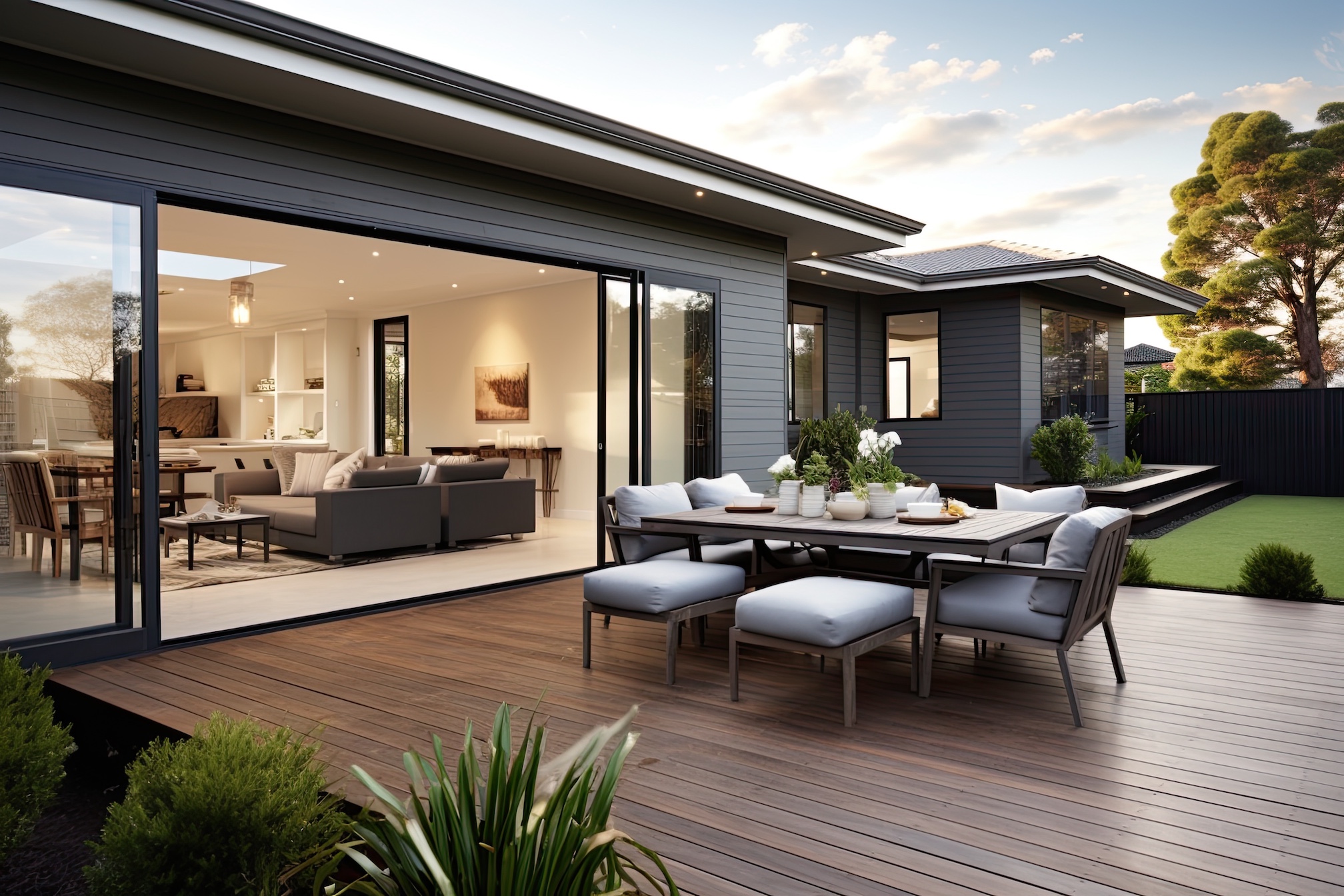
A lot of people see the various forms of insurance as nothing more than another unnecessary expense that they would rather spend elsewhere, but the fact of the matter is that having a policy in place puts you in a much better position if something does go wrong than if you don’t have any cover.
Home insurance is regularly overlooked by home owners, with many believing that they don’t need it and, having already splashed out on car insurance for the year, they may not be able to afford it. However, with Budget Direct home insurance in place you can cover your home and it doesn’t have to be expensive, you just cover what you need to cover.
The name of the policy, home insurance, confuses many people because they think it only refers to the physical condition of their property. If they are of the belief that home insurance will only cover issues regarding the structure of their home – such as the walls and roof – then they might decide that it is unnecessary when in actual fact you can cover far more, including your essential contents within the home such as electrical appliances.
That isn’t to say that home insurance doesn’t cover the property itself, however, far from it. In the event of a fire, flooding or vandalism – to give examples – your property would be covered and the insurance company would provide the compensation to have any repair work done.
There are a number of things you can do to try and reduce the amount you pay for your home insurance, one of which being to consider the materials you use in any DIY projects. For example, wooden structures are at greater risk of catching fire or being damaged than a solid brick building and, as such, the insurance company may choose to charge more for the policy. As such it would make more sense, where possible, to build more solid structures.
Another option is to raise the excess on your policy. This is the amount that you are willing to pay before the insurance company gets involved in the compensation. For example, if you had to make $1,000-worth of repairs and your excess was $300, the insurance company would pay the remaining $700.
All insurance policies can be tailored to meet your individual needs. There is no ‘template’ as such, you simply choose what you want to be covered for and then the insurers will work around those requirements to give you your quote.




 POSTED BY
POSTED BY 

